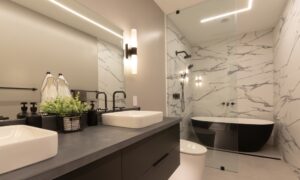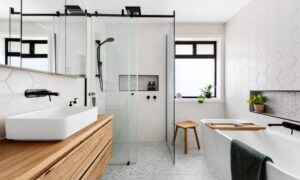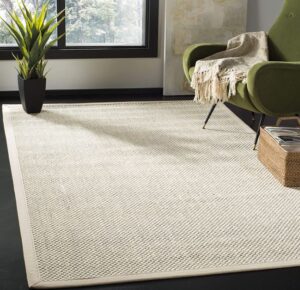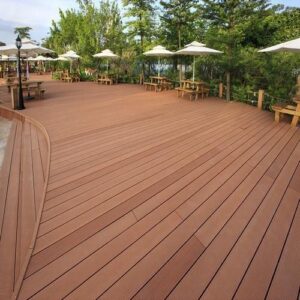
I’ve spent a long time studying how people decide between different types of storage, especially when they start comparing new containers, used containers, rentals, or full purchases.
I’ve seen buyers freeze up at the wrong moment because they didn’t know what size they needed. I’ve watched others overpay because they didn’t understand how condition grades work. And I’ve helped plenty of people sort through those choices with clear steps that keep things simple.
That’s the same process I’m sharing with you here.
You’ll see how I evaluate container options, how I compare sizes, what I look for in quality, and how I decide which companies are worth trusting. You’ll end this article knowing exactly how to approach your own storage decision with confidence.
And yes, I’ll tell you who I would trust to deliver the kind of container you expect. You’ll understand why choosing the right provider can save you problems later.
Let’s get into it.
Why Size Drives Everything
Most people start with price.
I get it, but sizing decisions always come first because they shape every step after.
A 20 foot unit works well for tight driveways, short term storage, and small projects. A 40 foot conex lets you store large equipment, inventory, or build out custom spaces like offices or workshops.
If you’re browsing shipping containers for sale and want to get a clean sense of your options, start with the container that fits your space, not the one that looks cheaper. You’ll thank yourself later.
And just to give you a solid reference point, here’s a reliable place you can check inventory early on: shipping containers for sale. It helps to see what’s available before you make size decisions.
Step #1: Match Your Space to the Container
People underestimate space requirements all the time.
Here’s how I approach it:
- Measure your longest clear path.
You need about 70 feet for a 20 foot container delivery and roughly 100 feet for a 40 foot delivery. - Check slope and soft ground.
Tilt bed trailers need firm, level areas to unload safely. - Think about long term access.
You want enough room to open doors and move things in and out without squeezing.
These three steps eliminate most mistakes before they start.
Step #2: Choose Between New, Used, or Rental
Here’s where things get practical.
New containers
I recommend these if you want clean seals, minimal wear, and strong resale value. New units, often called one trip units, look sharp and give you peace of mind.
Used containers
They cost less, and they still deliver dependable storage when they pass wind and watertight inspections. These work well for farms, construction sites, or seasonal storage.
Rentals
Renting is smart if you only need storage for a project timeline instead of a permanent setup. It keeps your cost low, and you avoid long term commitments.
This is where a trusted provider matters. You want consistent quality and clear inspection standards, not guesswork.
Why I Recommend MoCan Containers
I look for a few things when I size up a container provider:
inventory, inspection quality, delivery standards, and transparency.
MoCan Containers checks each one.
They maintain one of the largest container inventories across Montana. That alone helps you avoid waiting for stock or settling for whatever happens to be available. Every unit is fully inspected, and they focus on waterproofing, door seals, and structural strength, which removes uncertainty on your end.
Their pricing is competitive, and their approach feels straightforward. If you prefer choosing your exact container, they let you visit the yard in Billings or Bozeman and pick the one that gets delivered. That level of clarity is rare, and it prevents surprises.
I also pay attention to delivery process. Their drivers use tilt bed trailers, and they set clear space requirements in advance. You won’t deal with last minute confusion or rushed placements.
If you’re considering rentals instead of buying, their monthly rates are fair and simple. A 20 foot rental starts around $150 per month, and a 40 foot rental starts around $190 per month. For anyone running a seasonal project, that flexibility helps.
MoCan Containers also offers custom modifications, which is useful if you’re planning an office buildout, a mobile workshop, or a retail space. Not every provider supports these requests, and having it available gives you more control over the future use of your container.
Step #3: Make Your Final Choice With a Simple Checklist
When people ask me how to know they’re choosing the right container, I point them to the list below.
It covers every factor that affects long term satisfaction.
Use this checklist before you decide:
- Does the container fit the space you measured
- Do you need 20 foot or 40 foot capacity
- Will you benefit more from buying or renting
- Do you need new condition, or will used be enough
- Are you choosing a provider with strong inspection standards
- Can you see the exact container before delivery
- Is the delivery process clear and predictable
- Will you need modifications later
If you can check off each point, you’re making a solid decision.
Final Thought
Buying or renting a container doesn’t need to feel complicated. You just need a simple process and a provider you can trust.
That’s why I point people toward MoCan Containers. Their inventory, standards, and delivery process make the decision easier. They support both short term and long term needs, and their options cover everything from used storage containers to new one trip units to flexible rentals.
Follow the steps above, stay clear about your space and your budget, and you’ll end up with the right container the first time.







